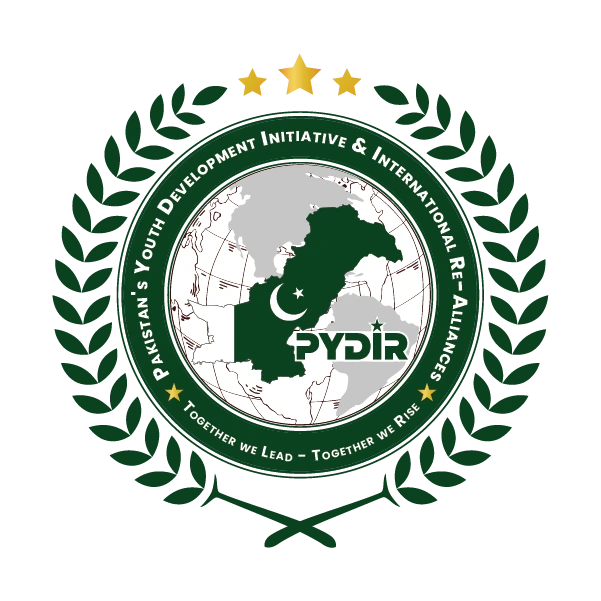Nuclear proliferation is an issue of international concern. Despite being a primary issue, it’s becoming minor with the passage of time. Talking about nuclear proliferation underscores the nuclear proliferation going on in South Asia. South Asia is a very interesting region regarding its features, landscapes, strategic position, and resource richness. This interesting issue likewise has its interesting problems. The biggest stumbling block in South Asian politics and stability is nuclear arms development. What makes this issue graver is the continuous arms race in South Asia. When we talk about South Asia and its politics, we indirectly refer to two nuclear neighboring rivalries, i.e., Pakistan and India.
Pakistan and India both achieved salvation in 1947, and since then, the political uncertainties between the two have drawn the graph of South Asian politics. Intense rivalry between India and Pakistan finds its roots in unjust Radcliffe divisions, which lead to several disputed territories between both independent nations. Kashmir is the underlying cause of various wars and disputes between Pakistan and India. It wouldn’t be irrational to say that Kashmir is the reason why both neighbors became nuclear powers.
When a state comes into existence, the utmost priority is the territorial integrity and security of the state. Both countries formed defensive foreign policies to secure their sovereignty. The subsequent development of nuclear weapons is the result of such foreign policy. All the mess started when India first conducted nuclear tests in 1974 under the code name “Smiling Buddha.” This nuclear test, though claimed to be peaceful, raised security concerns, which led to the formation of the NSG to limit nuclear supplies in order to prevent nuclear stockpiles. The situation worsened when India conducted its second nuclear test, Pokhran II, on May 13th, 1998. The international community expressed concerns and aggression, but Pakistan responded likewise by conducting nuclear tests in Chaghi Hills, becoming the first Muslim nuclear power on May 28th, 1998. However, the point to ponder is: did Pakistan really respond to Pokhran II, or was it an excuse to execute a long-term plan of becoming a nuclear power? Pakistan began its nuclear program in 1972 under the command of Zulfiqar Ali Bhutto. So, seemingly, the statement of tit for tat was just an excuse. Pakistan took full advantage of Pokhran II and executed its plan. Nevertheless, the triggering force was India. India destabilized the region and initiated the era of the nuclear arms race in the region. Pakistan’s nuclear program is justified, as Pakistan felt insecure due to India’s nuclear program. In such a situation, to increase deterrence and ensure its existence, Pakistan was left with no choice but to conduct nuclear tests.
The biggest concern that arose was whether this nuclear detonation would bring peace to the region or drag the entire region into a deadly nuclear war. Seemingly, both countries have since avoided confronting each other, but worse diplomatic relations could knock down the peace in the region. In my opinion, this nuclear race between both countries would prevent either from starting a nuclear war, as both nations are well aware of the deleterious consequences.
Since the conduct of the first nuclear tests, India and Pakistan have maximized their efforts to produce numerous ballistic missiles, cruise missiles, and sea-based nuclear systems. Currently, it is estimated that Pakistan possesses 170 nuclear warheads and India possesses 164 nuclear warheads. Though it is dangerously increasing, it is a vow to prevent nuclear war. Pakistan and India faced strong condemnations from the international community. For not being a member of the NPT and testing nuclear bombs, the US put heavy sanctions in place to block any military or non-humanitarian aid to both South Asian powers. Suspicions arose when India withdrew from the “no first use policy” on an illogical basis, and Pakistan never accepted this policy. Indirectly, both countries have acquired this power to respond to suspected threats from each other. Both countries are willing to demonstrate their nuclear power and are just finding an excuse to do so. Instability in the region escalated after India introduced “splendid first strike” and later “cold start doctrine” policies that legalized India’s usage of nuclear weapons on a pre-emptive basis. Pakistan has adopted a defensive policy because it suspects two possible attacks, one from India and the other from the US, on behalf of India.
This issue needs long-term planning to formulate universal policies to avoid any catastrophic consequences in the region. Pakistan and India must engage in bilateral discussions and sign a treaty of peace to prevent nuclear war. Kashmir, the bone of contention, should be sought out through diplomatic negotiations. Moreover, the UN must keep a strict and close check on nuclear arms development and fissile material accumulation by both countries. The stability of South Asia is the stability of the world. If Pakistan and India plunged into a deadly nuclear war, their allies China and America, respectively, would take part, and the world would enter World War III. Developing weapons is not bad, but with what intentions they are being developed is the concern. Keeping in view the current global condition, humanity is certainly not ready to face any other war.
The writer is a student of BSIR at the International Islamic University Islamabad and a member of PYDIR.



